Südkorea ist immer noch voller Traditionen und alter Bräuche. Alleine Seoul hat fünf alte Königspaläste und verschiedene Hanok Dörfer, wo die alten Traditionen Koreas nach wie vor lebending sind.

Hanok Dörfer
Die verschiedenen Hanok Dörfer geben die Möglichkeit alte, traditionelle, koreanische Häuser zu besichten, einen Eindruck von der damaligen Architektur zu bekommen und sie gewähren auch schon einmal einen Blick in die Innenräume. Die Häuser sind noch von früher erhalten und teilweise mehr als 100 Jahre alt. Wir haben das Namsangol Hanok Village besucht. Der Eintritt ist frei. Dieses Dorf zeigt erneut die Kombination aus traditionallem und modernen Leben in Korea, rundum die hübschen alten Häuser sind jede Menge Wolkenkratzer. Ich war zudem wirklich überrascht, wie klein die Räume und Häuser waren. An den Eingangstoren steht überall, dass man extra auf seinen Kopf achten soll, da die Toreingänge so niedrig sind. Selbst für musste etwas den Kopf einziehen (und ich kenne wirklich nicht viele Menschen, die kleiner sind als ich). Die Architektur ist zudem sehr schön. Man fühlt sich ein bisschen, als wäre man in der Zeit zurückgereist. Das Dorf ist so schön, dass es auch gerne von frisch verheirateten Pärchen für deren Hochzeitsfotos genutzt wird.
Wir haben das Namsangol Hanok Village besucht. Der Eintritt ist frei. Dieses Dorf zeigt erneut die Kombination aus traditionallem und modernen Leben in Korea, rundum die hübschen alten Häuser sind jede Menge Wolkenkratzer. Ich war zudem wirklich überrascht, wie klein die Räume und Häuser waren. An den Eingangstoren steht überall, dass man extra auf seinen Kopf achten soll, da die Toreingänge so niedrig sind. Selbst für musste etwas den Kopf einziehen (und ich kenne wirklich nicht viele Menschen, die kleiner sind als ich). Die Architektur ist zudem sehr schön. Man fühlt sich ein bisschen, als wäre man in der Zeit zurückgereist. Das Dorf ist so schön, dass es auch gerne von frisch verheirateten Pärchen für deren Hochzeitsfotos genutzt wird.

In dem Dorf hatten sie auch so kleine Strohhütten, welche an Tipis erinnern. Früher haben die Hütten als Aufbewahrungsort für Kimchi (traditionelles koreanisches Essen aus Chinakohl) fungiert, mir wurde erklärt, es wirkt ähnlich wie ein Kühlschrank. Im Zentrum des Dorfes kann man sich an kleinen Spielen probieren. Bei einem der Spiele muss man versuchen Pfeile in eine Vase zu werfen. – Gar nicht so einfach. Aber wenn man es schafft, ist einem die Anerkennung durch die Umstehenden gesichert. Wir hatten außerdem Glück und konnten einem Auftritt von dem traditionellen, koreanischen Tanz, Samul nori, zusehen. Über diese traditionelle Musik und den dazugehörigen Tanz habe ich bereits viel in meinem letzten Beitrag geschrieben (klick einfach hier um den Artikel Meine erste Woche in Seoul zu lesen). Aber diesmal hatten sie Kopfbedeckungen mit langen weißen Bändern daran. Wenn sie ihre Köpfe bewegten, tanzten sie um deren Köpfe. Das sah wirklich toll aus.
Sich wie eine koreanische Prinzessin fühlen
Hanbok sind traditionelle, koreanische Kleidung. In Korea hat man auch die Möglichkeit diese Kleidung auszuleihen und zu tragen. Um die Kleidung auszuleihen, muss man etwa zwischen 10.000-20.000₩ (ca. 8,30-16,65€) zahlen. Es kommt ein bisschen  drauf an, welche Kleider und wie lange man sie ausleihen möchte. Einer der wichtigsten Feiertage in Südkorea ist Chuseok (추석), es ist ein Familienfest. An diesen Tagen war die ganze Stadt voller Koreaner, welche hübsche Hanboks getragen haben. Chuseok meint freiübersetzt etwa sowas wie Herbstabend. Es ähnelt dem Erntedankfest, bzw. noch eher dem amerikanischen Thanksgiving und dauert insgesamt drei Tage.
drauf an, welche Kleider und wie lange man sie ausleihen möchte. Einer der wichtigsten Feiertage in Südkorea ist Chuseok (추석), es ist ein Familienfest. An diesen Tagen war die ganze Stadt voller Koreaner, welche hübsche Hanboks getragen haben. Chuseok meint freiübersetzt etwa sowas wie Herbstabend. Es ähnelt dem Erntedankfest, bzw. noch eher dem amerikanischen Thanksgiving und dauert insgesamt drei Tage.
Königspaläste

Während der Joseon-Dynastie hatte Seoul sechs Paläste. Heute sind noch fünf von ihnen erhalten: Gyeongbokgung (der größte), Changdeokgung, Deoksugung, Changgyeonggung und der kleine Unhyeongung Palace. Der Besuch eines Königspalastes sollte unbedingt mit auf die Sightseeing-Liste in Südkorea. Die Eintrittspreise sind relativ gering (zwischen 1.000-3.000₩, ~0,80-2,50€), Unhyeongung Palace ist kostenlos. Auch hier ist die Architektur wunderschön.

Die Dächer sind in verschiedenen bunten Farben angemalt. Zudem bieten der Gyeongbokgung und der Deoksugung Palast kostenlose, kleine Shows für Toursiten, bei der die Wechselzeremonien der königlichen Garde gezeigt werden. Dort kann man die verschiedenen Personen der Königsgarde sehen und bekommt ein Gefühl für die koreanische Geschichte. Falls du ein großer Fan der koreanischen Architektur und der Paläste bist, solltet du darüber nachdenken das „Integrated Palace Ticket“ zu kaufen. Dieses bietet den Eintritt zu vier Königspalästen inklusive des Geheimen Gartens und dem Jongmyo Shrein. Das Ticket kostet 10.000 Won (~8 €) und ist bis zu drei Monate nach Erwerb gültig (man spart etwa 4.000 Won, wenn man alle Tickets nutzt). Mit einem Hanbok hat man jederzeit freien Eintritt.






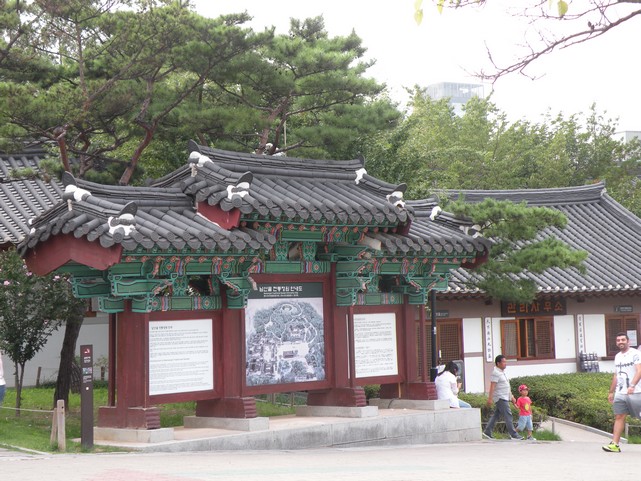

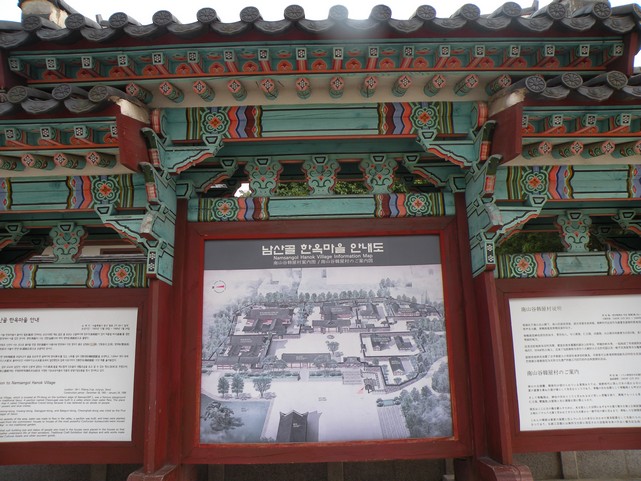





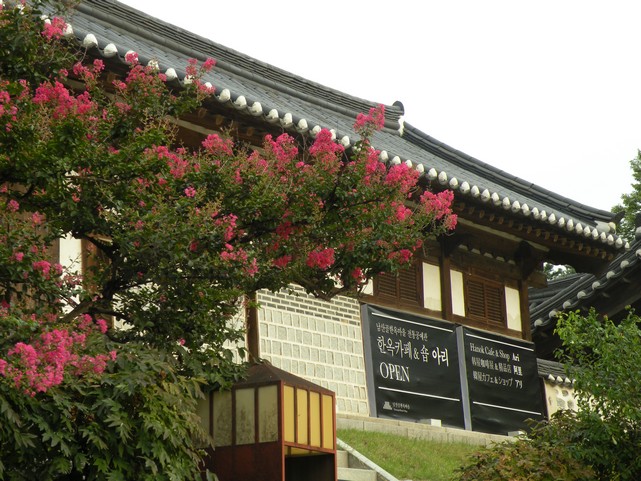

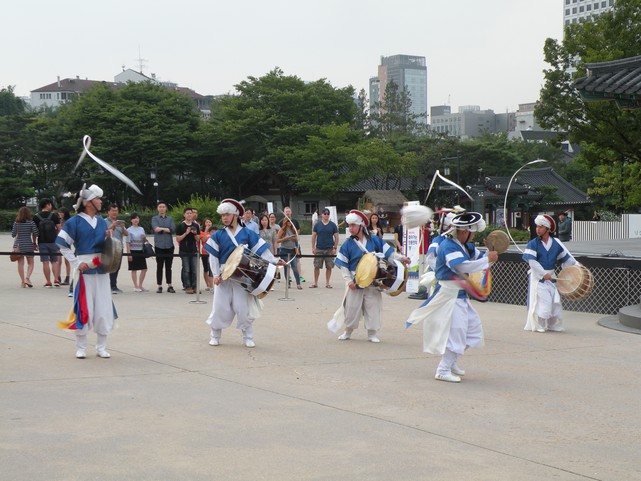



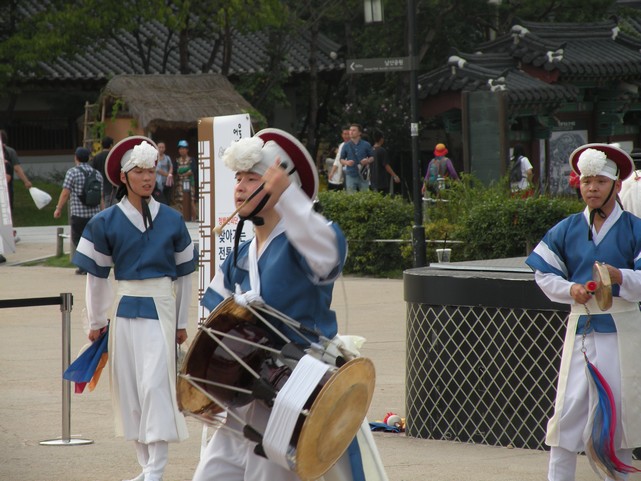

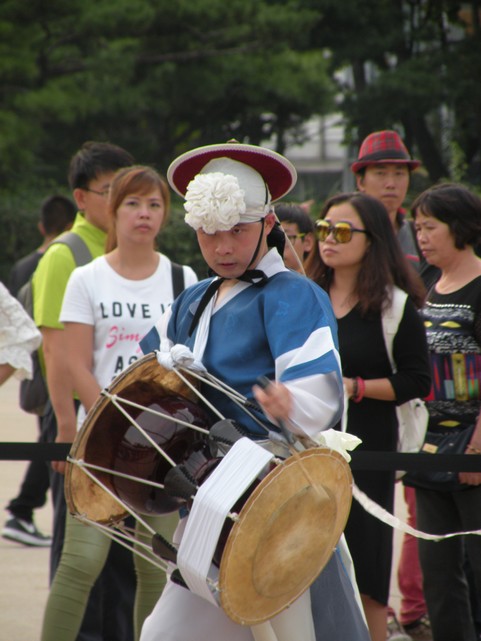

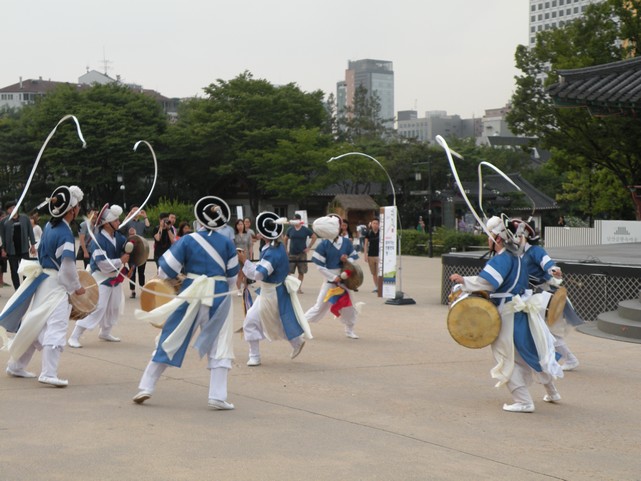









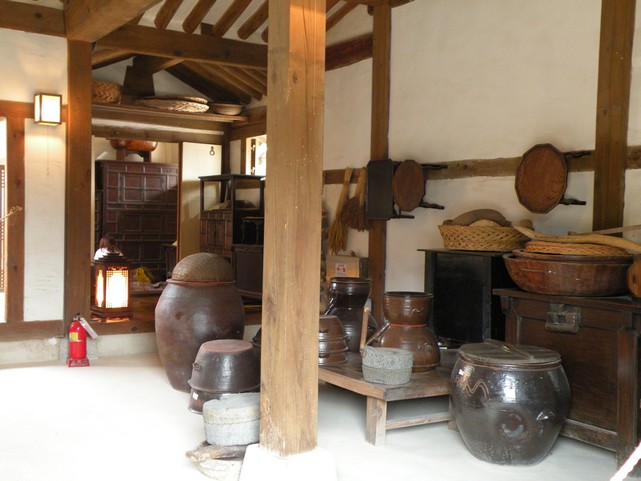





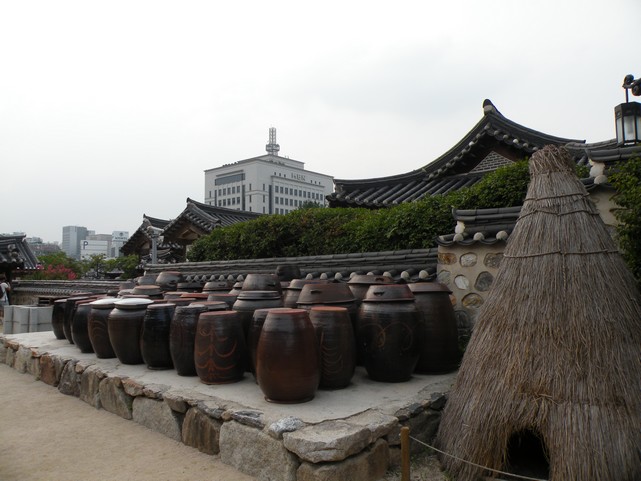















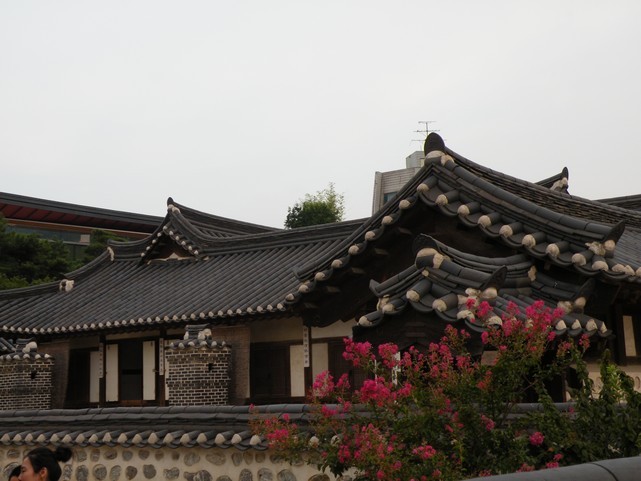

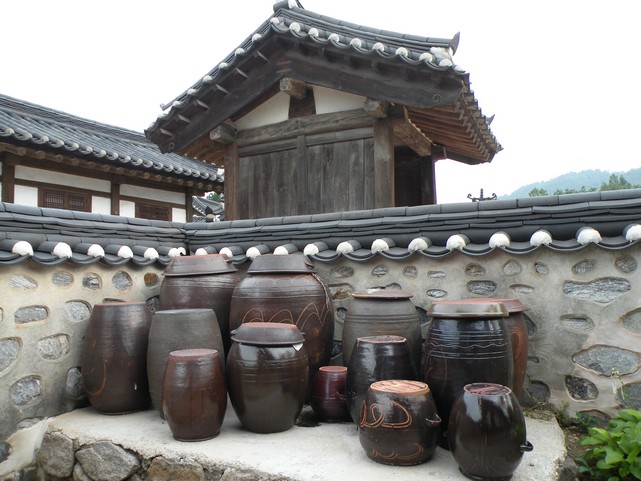

















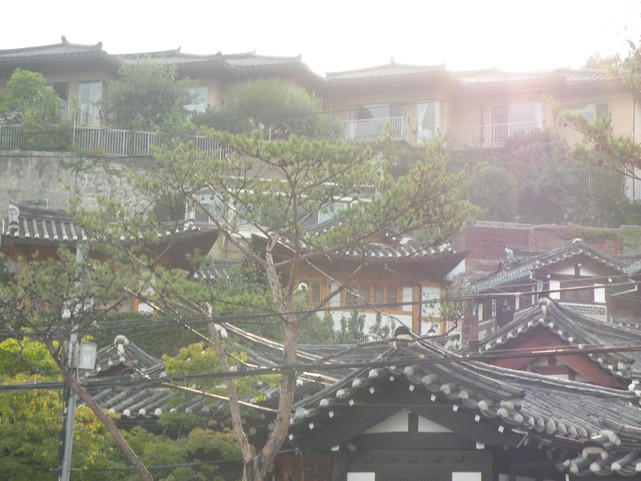



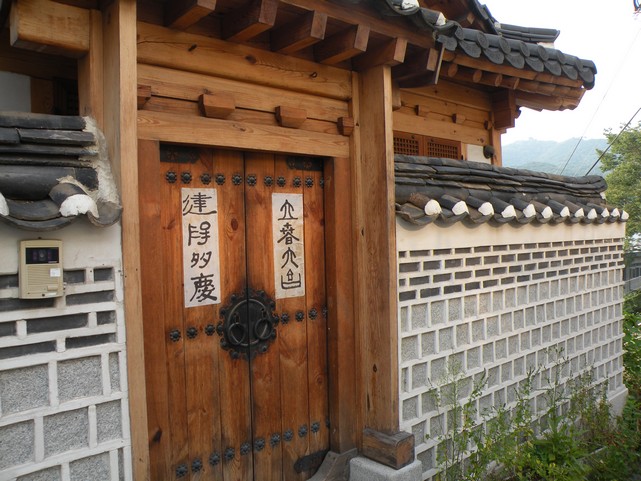



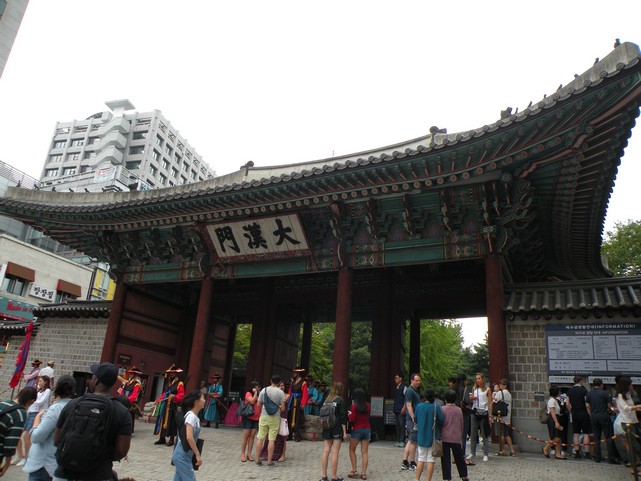









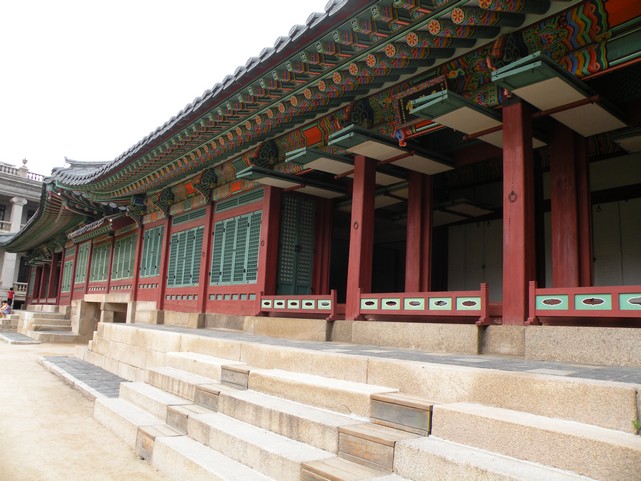

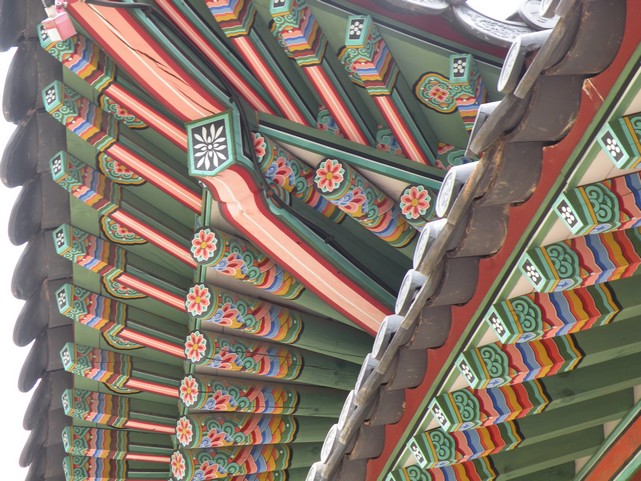





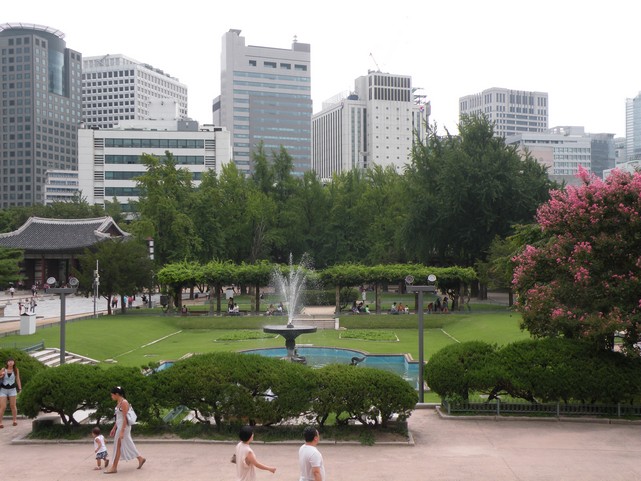









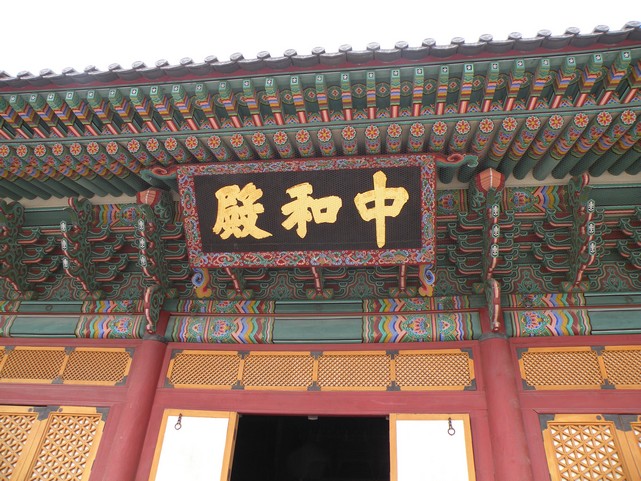







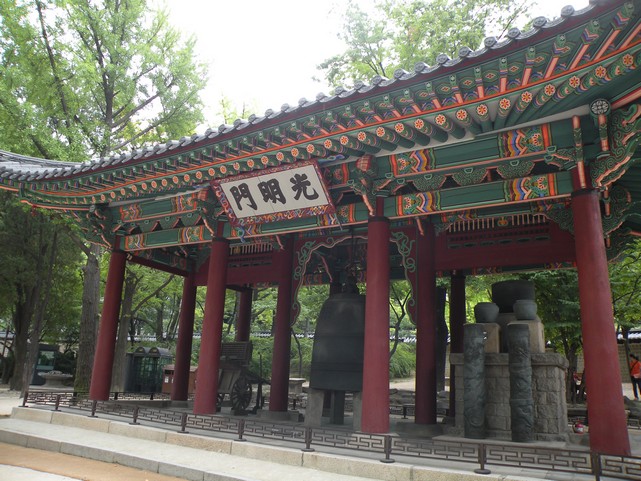









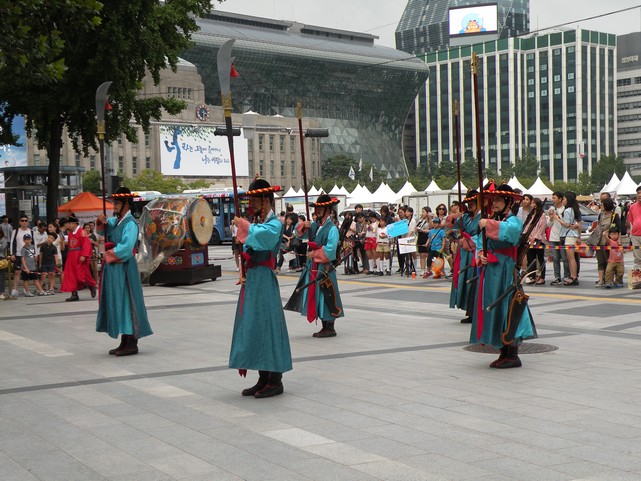



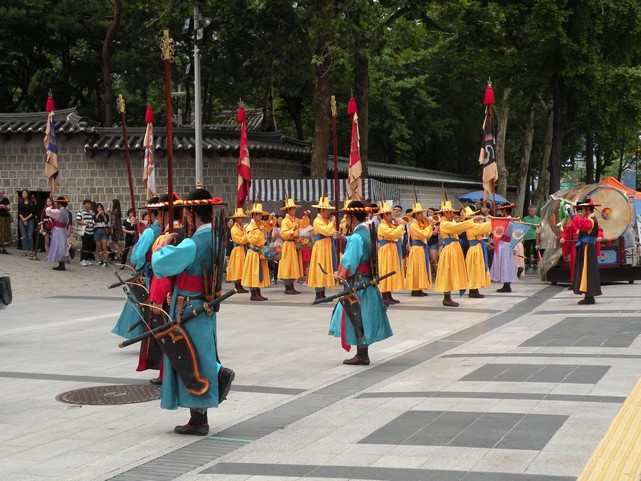



2 Antworten auf „Traditionelles Korea“